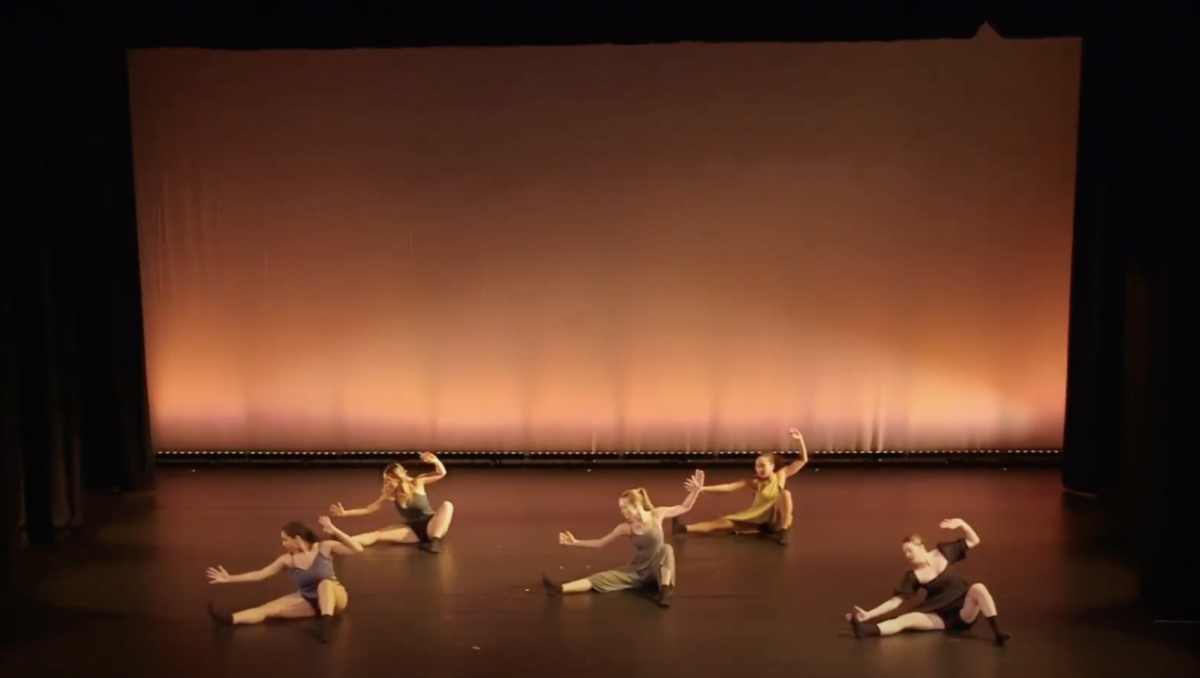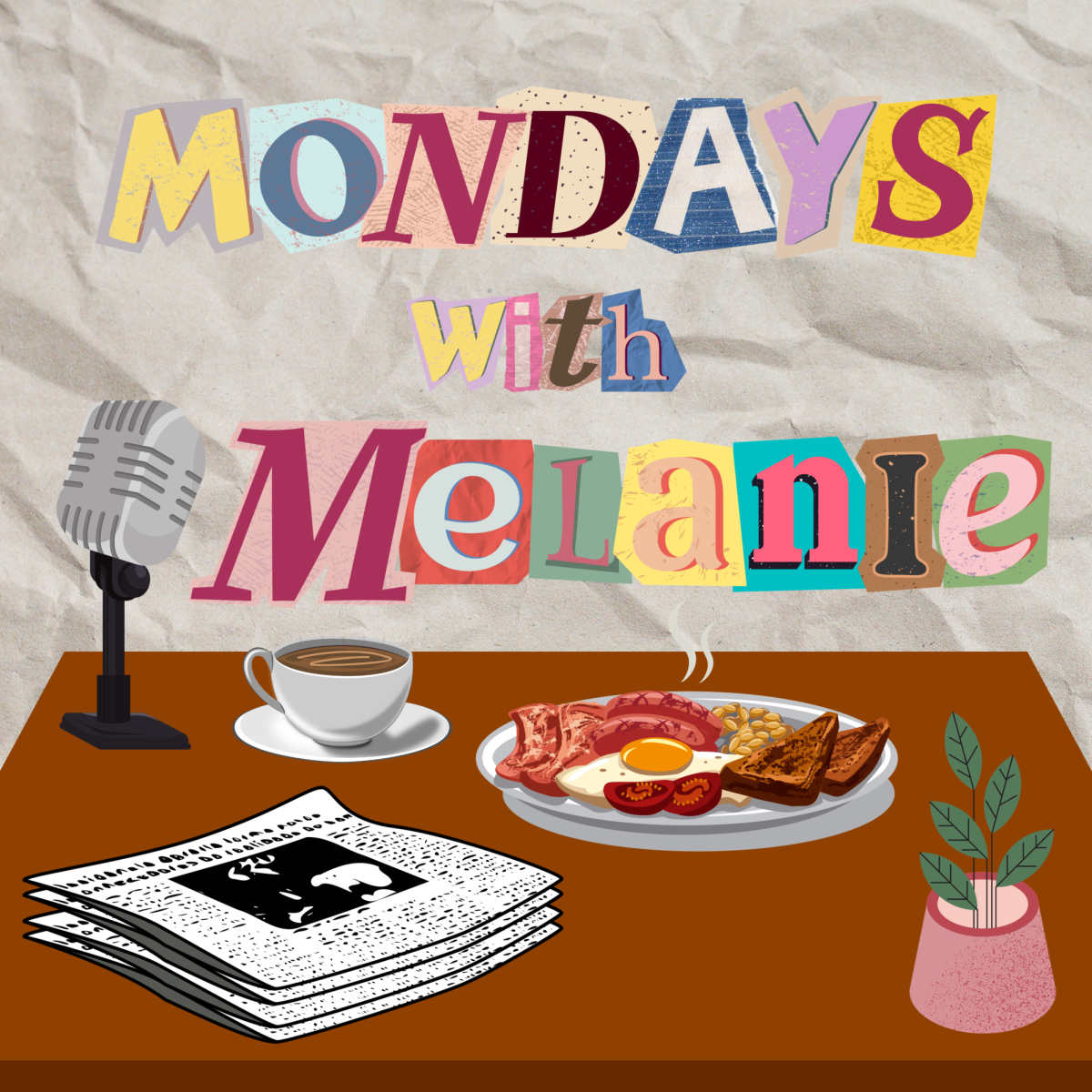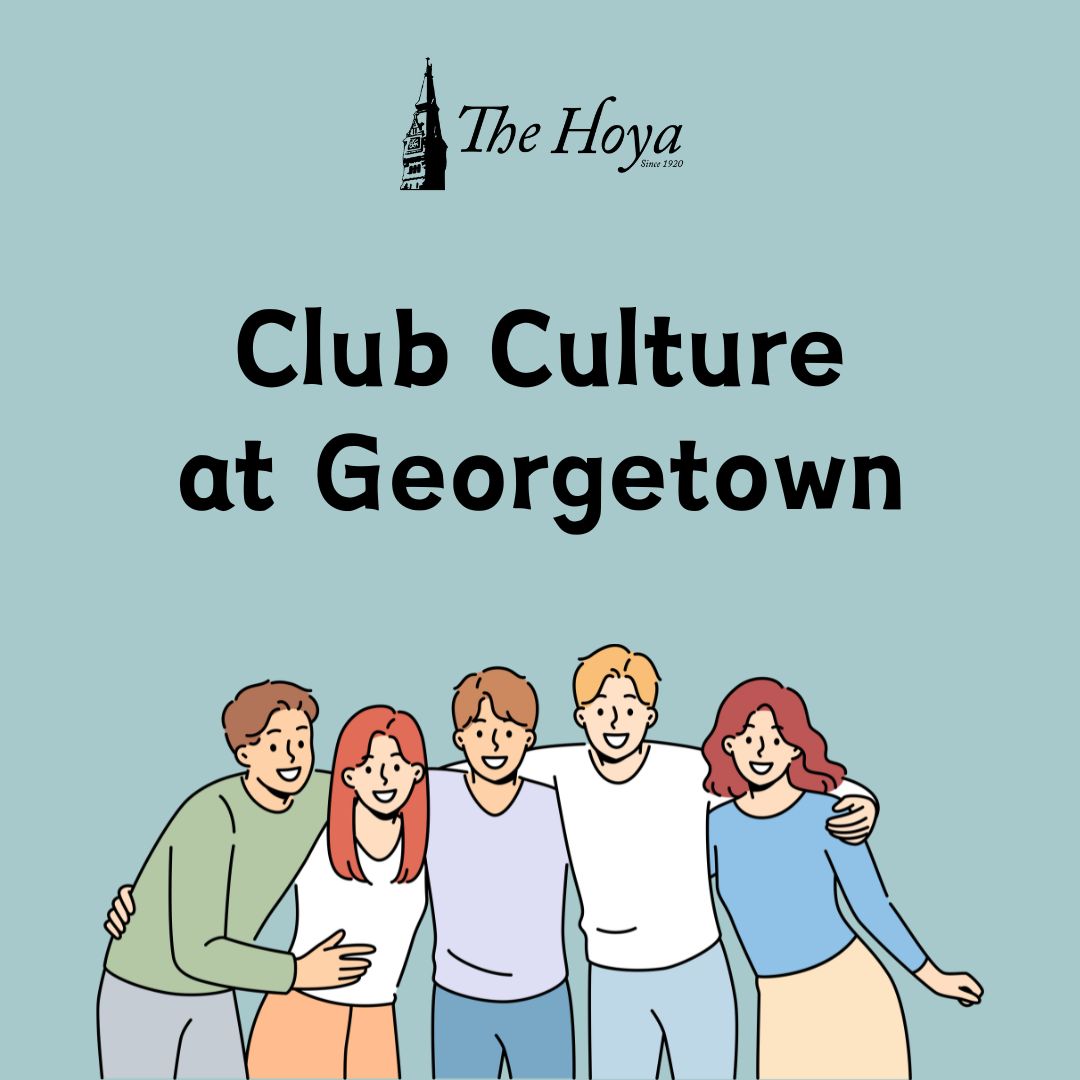Some students know Mario Cobo-Aguirre (COL ’24) from class, but others know him for his hobby-turned-profession as a photographer. Having picked up his first camera at four years old while in Mexico, he only began truly exploring his passion at the start of the COVID-19 pandemic. His interest originated with an obsession with film and cinematography, but it flourished as he realized photography’s power to show people his perspective. He has now developed a trademark in black-and-white photography, a distinct style that has caught the attention of prospective clients and businesses around the globe.
In this episode of The Hoya’s video series profiling student artists, multimedia editor Valerie Blinder (COL ’24) asks Cobo-Aguirre to discuss his background, editing skills and plans for the future as a professional photographer. Revealing behind-the-scenes information, he breaks down the photo-taking and editing process for five of his favorite photographs.
Tune in to watch Cobo-Aguirre discuss these photographs, the inspiration for his unique black-and-white photography style and exciting plans for his professional career.
Transcript
MCA: My name is Mario Cobo-Aguirre, and I am a photographer.
My main style of photography is black and white. I feel like a lot of photographers really rely on color and other aspects of an image that is not just the composition and the lighting. You see many people just take film photography of just regular, everyday things. And people like it because it fits that whole aesthetic of “vibey-ness” and it looks nice. But if you really strip the color and you take everything off of it, what are you left with? If I can make people feel the color of an image without the color being there, then that is what makes me succeed as a photographer.
And basically, the first time I shot for real was two years ago, during COVID. So it almost turned into an easy transition from grabbing a hobby that I seemed to be talented at and turning it into a profession. It’s really hard going from hobby to profession in terms of people always want to see your past work, but you have no past professional work. It’s just your hobby work.
I would say that I first started doing random shoots, for my photography classes, because it gave me an incentive to go out to the street, go out and shoot, find stuff that can help you build a portfolio for this course. And then that transitioned into “I’m gonna do it on my own now.” So I do credit a lot of my incentive to my professors and my course load that I got at Georgetown.
This was from the first trip I ever did with my camera. Literally got there and took it out of the box. Just walk around the Grand Canyon shooting landscape. And then out of nowhere, I see a shoot happening on a little cliffside. And this was right in the middle of COVID, so nobody was traveling. There was nobody in the Grand Canyon. These were the first people we saw. And out of nowhere, they just come in right next to us and they start setting up the shoot. And they bring in their models, and I have no models. So I’m like, “You know what? I’m just going to borrow what’s going on.” So while I was aiming towards something else, I guess, a little tree or something, they were still in my frame. I think the main photographer in charge sort of told me to buzz off a little bit and stop getting so close to them, but I snuck in a couple of cool shots. And then I decided to turn this one into a silhouette shot because it was right after sunset. So the sky was all one type of shade of weird purplish blue. And then I decided to make all the stone black. The model black. Yeah. This was when I first started taking photos. So if I can only imagine if I revisited that trip with what I know now how much different it could have been.
Yeah, I went to New York, I think over Halloween. And I wanted to capture New York life for the first time because I’d never been. Out of nowhere, I just see this little kid in a Spider-Man costume asleep right next to me. And I just took out my camera. Took a picture of him. I just thought it was a cool picture. I’m like, “Oh, that’s so funny. Spider-Man, New York, hilarious,” took a picture. And then when I sat down to look at it and start editing it, I took away the color. And I’m like, “Whoa, like, this looks like it’s straight out of like a film noir, superhero movie in a way.” And then I start touching it up, I start touching it up. And then I just start seeing all this stuff come out of it. Like, you know, there’s an addiction services thing right on top. The mom’s next to him with a mask, looking at her phone. It has so much potential for a story, which I don’t feel like I have a right to say what the story is, but I hope it gives everyone the opportunity to give it its own story. It’s definitely the best and my favorite picture that I’ve ever taken. And the funniest thing is that it was something that I did not plan. I didn’t set it up in the studio. I didn’t hire a model. I didn’t plan anything of it. I just went on the subway, and I saw a moment that I wanted to capture and I just captured it. Yeah, there’s something completely different about this picture that just makes me very happy that I took up this hobby, and I’m now making it into a profession.
I took this photo in Mexico in a small town called Villahermosa in Tabasco, and that’s where my grandfather still lives today. And he is obsessed with animals; he has tons of birds, rabbits, even tucans. He’s got everything. And I went on vacation, took my camera with me, as I always do because I’ll never know what I’m going to find. And I forgot that he had these gorgeous animals there. So I literally stood at the foot of this cage for like 45 minutes waiting for them to get into the right spot. But yeah, it’s definitely a lot more difficult to get the correct focus when your subject’s behind something separating you and it.
Yeah, this is a prime example of like, I have nothing against, you know, photos in color. I can definitely shoot in color. I think in some photos, it’s absolutely necessary. I feel like it’s a crime to strip such a gorgeous animal like this from its color. Yeah, this is one of my favorite photos. He just kind of sat up there for me and looked me straight in the eye, and I just pressed the click button, and that was it.
This photo was one of the first ones that I started my studio photography portfolio. I was in “Photo I,” and one of our goals was basically to shoot portraits. I actually shot this in my apartment bathroom. I ordered a little $5 black backdrop from Amazon. I have a little projector, I designed some Japanese text in Photoshop, I dropped the file down with a black background and then I projected it onto my roommate’s face, on the shadow side. And then I just started shooting.
The biggest thing that people don’t know when they look at these pictures is that it’s all in post-production editing. This is what it looked like without me touching it at all. This was the raw file. So the information is there. I did not input it afterward, the camera caught all of this light. But again, this ties back to why I like digital photography because I like to see immediately if I can work with something or not. If this was a film photograph, I’d have to wait and wait and wait and then possibly redo this shoot at a much later time. So what really starts to shake that boundary and push that gap between a hobby and a profession is how much time you’re willing to put into making a regular photo look like something like this.
So I wanted to include this last example, just to show everybody that you don’t need fancy gear, fancy equipment, expensive software, anything to, you know, create art in some way. So this photo was taken of me by my friend on an iPhone, and I asked him for it. I downloaded it. I put it into Lightroom. I literally just made it black and white, added some grain to it and then screenshotted that, put it into Notability — or like literally a note-taking app — and then I just drew on it. Turned my ink white and just gave it something else because there was nothing there. I didn’t use any crazy camera, I didn’t use any software that cost an insane amount of money. It was just, I looked at it. I had an idea, “What could I do with this?” And I just made it.
It’s definitely an expensive hobby. I’m not going to shy away from that. If you really want to take it seriously. If you want your own equipment. If you want your own style. If you want to beat your own drum, you got to invest in it. But at the end of the day, if you really, really, really love it, you don’t have to spend a single cent on it.
Everyone definitely has their own eye, their own talent, and they can bring something that no one else can. So I feel like, if I can just inspire some people to try it out and maybe find out that, you know, storytelling is something that they want to do and this is a way to do it, then they can. It’s as simple as it is.
VB: And going off of that. Who would you say is your biggest inspiration?
MCA: So I never had inspiration to start my photography. And then definitely while I was in my photography classes, my professor was like, “You remind me of Daidō Moriyama,” who’s basically the most famous Japanese street photographer in the entire world. Globally recognized. Tons of books. And when I started looking at his photos, I was like, “Oh, wow, this guy’s exactly like me.” And the fact that I arrived at my style without previously being exposed to his work almost makes me feel like we’re the same sort of person but from a completely different world, from a completely different culture. So it’s very reassuring that I made myself a photographer, I made my own style, and then it coincides with someone else’s. I think that’s really special. So yeah, his photography and his work definitely hold a special place.
For me, this was a hobby that recently turned into a serious profession. In order for it to succeed, I got to put in the insane amount of hours that I didn’t know it took until I started seeing what real success in this industry required. With the portfolios that I’ve built throughout my classes here at Georgetown and on my own, I got hired for my first job this upcoming weekend. I’m going to take pictures of a cigar company in Nicaragua. And hopefully, this basically is my trampoline to success.
If I had to give any advice to anyone that’s even remotely interested in photography, I hope they just recognize that it has a lot bigger of an impact than people think it does. Almost all aspects of marketing — the business world — marketing, even the art form itself, most of what you are consuming now, especially since social media has basically become everything, this is the best time to try it out.
I mean, there’s so many platforms now that you can just have your work seen by so many people. The only thing that’s keeping people from diving into this world is just that doubt of, “Oh, I can’t do what these people can.” And if I’d listened to that voice of doubt two years ago, I wouldn’t be where I’m at today. And if you ever need help, or pointers or anything to start your hobby or even profession, then I could absolutely help a little bit.







